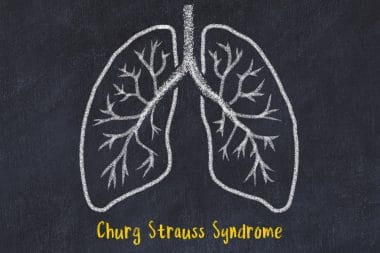First things first: bee sting allergy becomes serious to the highly allergic individual.
Bees aren’t exactly fatal insects however; approximately 40 people die from bee sting allergy every year.
Once a person has been stung, he develops allergy to the venom of the insect. Other than bees, these are the insects that can trigger violent allergic reactions: wasps, yellow jackets, fire ants and hornets. All of them are classified in the Hymenoptera order.
Bees are the most common stinging insects and they are not that violent unless a person provokes them. It is not so hard to spot a bee – just look for a hairy-bodied insect with yellow and black markings. They hover over flowers and clover. Here is an interesting fact: they die as soon as they sting.
Bee sting allergic reactions include the following: dizzy spells, itching, swelling and welts. Such reactions will go on for a few minutes. The severe reactions include: trouble breathing, blood pressure drops, headache, cramps, vomiting, and anaphylactic shock and possibly death.
The severe reaction to bee sting allergy usually happen to those who are very allergic to bee venom, older people with heart and chest problems or those who get multiple stings.
It is important to know what to do if a bee sting occurs. Here are the following tips people should keep in mind:
1. Keep away from bee-friendly areas.
If one is allergic to bee stings, he must stay away from places where bees are prolific. If a swarm of bees are headed one’s way, run away. If a bee continues approaching, stay put. Never swat the bees as they might get frightened. If a bee lands on your skin, blow it off.
2. If stung, know what to do.
This includes spotting the barbed stinger and flicking it off the skin. If stung in the neck or head, the danger is increased tenfold.
The stung person must never squeeze the affected area for it might permit the venom to penetrate the skin. Apply ice or cold compress to the affected area.
The most effective treatment for bee sting allergies is through hypo sensitization injection or specific immunotherapy (SIT). It is executed weekly then every six weeks for the next 3 or 5 years until a person receives 96 percent protection from bee stings.
If professional medical help cannot be given immediately, you must look for a tourniquet and apply it to a limb. There are also preloaded adrenalin syringes like Epipen and Ana-Guard that are specifically for emergency use. Puffing the Medihaler-Epi, an adrenalin inhaler, might help relieve throat swelling and chest tightening. Cortisone and Phenergan, fast-acting and effective antihistamines, can work for less severe reactions.
3. Be prepared.
Keep an insecticide spray handy. A “bee cloth” which is used to trap bees and prevent stings can work as well.
Bees are attracted to floral fragrances so if one is more prone to bee stings, keep the perfume to a minimum. Wear white clothing. Since bees love bright colors it”s best to avoid them. Do not eat fruits outdoors.
Do not place fingers inside flowers because that’s where bees get their pollen. Walking barefoot on clover fields is a no-no. Food must be covered outdoors. By midsummer time, mowing lawns or trimming hedges must be avoided.
Upon coming across a bee hive, it’s best not to disturb it. There are bee keepers who will remove it if one wishes to.
4. People prone to bee stings must know prophylactic management.
If a person always attracts bees and develops serious reactions, he must have an adrenalin injection so he can treat himself should the need arise. There are cases when antihistamine pills will do. Wear a Medic Alert bracelet.
The seriousness of a bee allergy can be warded off immediately if one knows the proper treatment and avoidance measures.






Reply